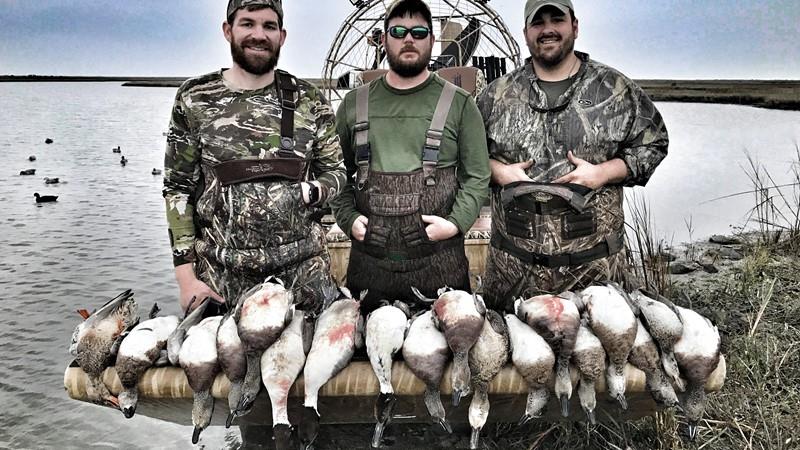Hunting along rivers and streams is an exciting and challenging adventure that requires a unique set of skills. Unlike traditional land-based hunting, river and stream hunts present hunters with the added complexity of water flow, currents, and a different variety of game species. Whether you’re chasing waterfowl, fish, or other river-dwelling animals, mastering the techniques for hunting in these environments can significantly increase your success. Here’s a guide to help you master the art of waterflow hunting.
Understanding Waterflow and Its Impact on Hunting
The first step to mastering river and stream hunts is understanding how water flow affects both the terrain and the animals you’re targeting. Rivers and streams are dynamic ecosystems where water movement plays a crucial role in determining where animals are likely to be. Waterfowl, for example, tend to stay near the quiet parts of rivers, such as backwaters or slower-moving sections. Fish, on the other hand, can be found in riffles or deep pools where water flow slows down.
Understanding the current is also vital when positioning yourself for a successful hunt. Water flow can push animals in certain directions, creating opportunities for hunters to intercept their paths. For instance, hunting from the downstream side of a stream allows you to take advantage of animals traveling with the current, making it easier to predict their movements.
Techniques for River and Stream Hunting
- Scout the Terrain
Before you begin hunting, take time to scout the area. Study the riverbanks, water pools, riffles, and any obstacles like rocks or fallen trees that might influence animal movement. Look for signs of animal activity, such as tracks, droppings, or feeding zones along the river. For waterfowl, identify areas with abundant vegetation or reed beds where they may seek shelter.
- Understand the Current
The speed and direction of the water flow are crucial in planning your hunting strategy. In fast-moving water, animals may be more likely to be found in the slower-moving side channels or calm pools. Fish are often seen in areas where they can rest without fighting strong currents, so positioning yourself at the right location can make a huge difference.
- Use Cover Effectively
Camouflage and natural cover are key in river and stream hunts. Trees, shrubs, and rocks along the water’s edge can provide perfect hiding spots. For waterfowl hunters, using a boat blind or layout blind helps you stay concealed while waiting for birds to approach. If you’re fishing, standing still and blending into the surrounding environment is essential to avoid spooking your target.
- Timing and Patience
In water-based hunting, timing is everything. For waterfowl, early mornings and late evenings are prime times when birds are active. For anglers, fishing at dawn or dusk can yield better results as fish come closer to the surface. Patience is equally important—whether you’re waiting for the right shot or for the fish to bite, staying calm and patient will improve your chances.
- Mastering the Right Gear
Depending on what you’re hunting, the gear needed will vary. For waterfowl, a shotgun with steel shot is often preferred, while anglers require rods, reels, and tackle suitable for river conditions. Waders are a must if you’re planning to stand in the water, especially in cold climates. Additionally, specialized hunting boats or canoes can help you navigate rivers effectively and access hard-to-reach spots.
Conclusion
Waterflow hunting is an exciting and rewarding pursuit, but it requires specific techniques and a deep understanding of the environment. By mastering the dynamics of water flow, choosing the right hunting locations, and using the appropriate gear, you can significantly increase your chances of a successful hunt. Whether you’re chasing waterfowl or fishing for your next big catch, river and stream hunts offer endless opportunities for skilled hunters. Embrace these strategies, stay patient, and enjoy the thrill of hunting in nature’s waterworld.

